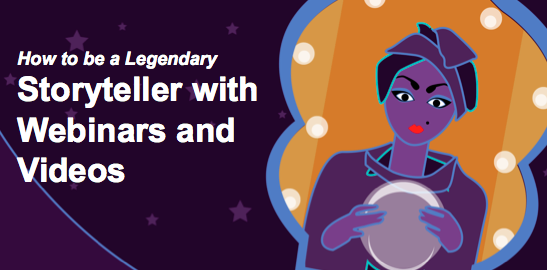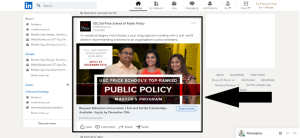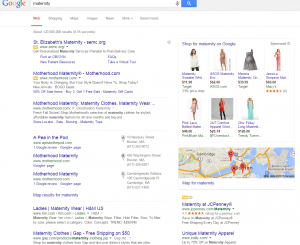By Kaitlin Stich, Published November 5, 2014

People are storytellers by nature. We listen to those around us to stay informed and entertained, and we tell stories to relate to others. For marketers, storytelling is more effective at connecting with target audiences than any product pitch ever could be. Each connection made through a story is an opportunity to earn an audience’s attention and trust while guiding them toward a purchasing decision. But what story element can marketers use to optimize their messaging?
A predetermined moral or value that the storyteller hopes to convey is the one quality that all stories have in common. In fact, it’s not unreasonable for audiences to demand a storyteller to get to “the point” of the story when they become disenchanted with the plot. As active participants in stories, audiences want to be informed, inspired, entertained or any combination thereof. And how do storytellers do that? By getting to the point of story.
Therefore, storytellers in content marketing are challenged to consider and test as many ways as possible to get to the point. They know that a prospect in the middle of the sales funnel will respond differently to a story than a customer in the middle of an upsell cycle. Yet with the number of marketing channels available, telling these stories well is exponentially more difficult. The trick is to fully bake the story and calls to action before converting it to different formats. It’s also a good idea to begin each story with a strong foundation or structure.
Here are some storytelling structures for your next webinar:
1. The Classic
The point of the classic centers around the climax of the story. A climax can be an event or a decision. The point is described at the conclusion of the story, but the point is completely dependent on the climax.
When using this structure, it may be best to work backwards. First, define the point of the webinar (which is revealed at the end of the story). Next, define supporting events or decisions (which are unveiled throughout the story). Typical elements of the classic also include the setting of the story, the build up to the event or decision and the outcome of the event or decision.
2. The Case Study
The point of the case study is stated at the beginning of the story. Because the audience is an active participant, the point needs to be made known early on so they’re able to experience the narrative through a specific lens or point of view as defined by the storyteller.
Like the classic, the case study can be about an event or decision, but it can also be about a person or thing. A history textbook is a good example of a case study, because the reader knows the outcome but may not understand the surrounding details. Typical elements of the case study also include a lengthy description of the subject and multiple points of view regarding the moral of the story or subject.
3. The Agenda
The point of the agenda is not necessarily stated by the storyteller but allows the audience to draw conclusions from the facts presented. For example, in a sales pitch deck, a storyteller might address a solution or service as it relates to price, place, product or promotion. But the moral of the story won’t be explicitly stated — instead, it’s assumed given all the facts.
The power of the agenda is in removing any perceived editorializing of the information and then leading the audience to discover the moral based on obvious conclusions. Typical elements of the agenda also include measured arguments and rationale.
4. The Metaphor
The metaphor requires the storyteller to draw on the moral of a previous story in order for the audience to fully understand the moral in the current story.
These stories perform best when the same subject is involved, but they can also be successful for B2B audiences who are looking to compare your story to that of your competitor. Typical elements of the metaphor include regular plot-based comparisons to another story as well as overarching story themes.
For more storytelling tips and best practices, register for our upcoming webinar “How to be a Legendary Storyteller with Webinars and Videos.”
Business Articles | Business 2 Community
(275)
Report Post




